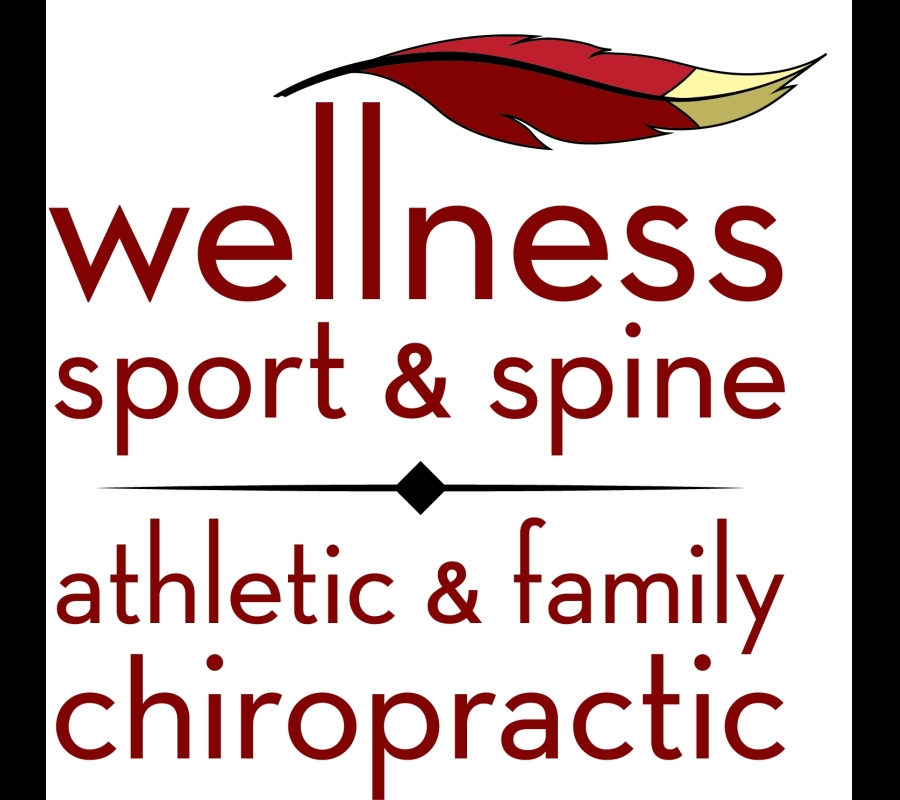Categories

Life is an Athletic Event: Keeping you in the game of life!
Services we provide to keep you in the game of life!
Chiropractic Adjustments, Home Exercise Prescription, Massage Therapy, Graston/IASTM, FAKTR, SFMA, Ice and Heat, Patient Education, Kinesio Tape, etc.
Chiropractic Adjustments:
Also called Chiropractic Manipulative Therapy (CMT), or Spinal Manipulative Therapy (SMT).
Just as it is in many chiropractic offices, adjusting is the cornerstone of our practice. Research in the past few years has firmly backed up the use of manual methods in musculoskeletal complaints. Research indicates that manipulation alone is insufficient. Manual methods utilized as part of an overall recovery and prevention program are golden. Through manual technique we are able to achieve great gains. We will also teach you home care to help you maintain those gains and continue improvement.
Home Exercise Prescription:
HEP, also known as Corrective Exercise or therapeutic exercise, has become the key to musculoskeletal recovery and prevention. We have followed that trend since the beginning. It is where our patients learn to be independent, not dependent, on us or any other provider. The goals of HEP, like everything we do, is to treat problems, prevent problems and enhance performance for activities of daily living.
Some folks not used to corrective exercise may fear that we are going to suddenly recommend intense exercise work outs. It is not like that. Much of what we suggest is movement therapy that can be done in 1–5minute breaks at your desk!
Massage Therapy: Coming Soon!
Graston/IASTM:
Instrument Assisted Soft Tissue Manipulation is an amazingly effective procedure to decrease the sensitivity of a problem area which allows more active care, such as stretching and strengthening. When applied correctly, it is a comfortable and efficient modality to help the patient move past their injury.
FAKTR:
Functional and Kinetic Training with Resistance is an approach to care combining many techniques from adjusting to IASTM to the all-important Home Exercise Prescription. Succinctly put, we test the patient in a manner that reproduces the chief complaint. And then we treat, as much as possible, during that drill or task. We reproduce the complaint for testing and treatment to more accurately, and more effectively, care for the patient. We have found this to be a remarkably effective and useful as well as time-saving approach to care.
SFMA:
Selective Functional Motion Assessmentis an evaluation procedure developed by Gray Cook, a physical therapist and Greg Rose, a chiropractor.We use SFMA and other similar procedures to determine the source of problems. This is particularly useful after determiningwhat the injury is to determinewhy it happened and how to prevent recurrence and chronicity. It is also key to choosing what to adjust as well as in providing a prescription of movement therapy.
Ice and Heat:
We use, and suggest, ice and heat at times to decrease pain, increase blood flow and decrease inflammation. The old formula of "ice for acute pain and heat for chronic" is no longer accepted. It's not that simple! Look for our upcoming blog on PEACE and LOVE.
Patient Education:
Teaching patients to be independent is the single most important service we provide. Helping patients understand their complaint and what it will take to recover is our number one priority. It is through patient education that we avoid patients being dependent on in-office care. We teach everything from safely completing tasks to how to lay in bed when you hurt. Seeing lightbulbs go off when our patients "get it" is a special kind of reward.
Intersegmental Traction: The purpose of the intersegmental traction table is to move the small joints of the back, the facet joints, through their range of motion. This stimulates the joint to producesynovial fluid, the lubricating fluid and improve mobility. Additionally, motion of the area stimulates nerves and creates an anti-spasm affect that decreases the muscle tightness of the back.
Kinesio Tape:
Some people love kinesio tape and others say it was a fad that doesn't work. Basically, it is a tape with certain properties of stretch and resistance. When applied, it acts like another layer of connective tissue. Some providers, in the past, made broad claims that were never substantiated by research. It also became a fad applied by some with no training. We use kinesio tape sparingly, but when we do, it makes a substantial difference in patients' outcomes. Kinsesio tape can be used for problems ranging from iliotibial band syndrome and plantar fasciitis to helping support pregnant lady's belly. It is also particularly useful in treating problems in the upper back, neck, shoulders, and arms.